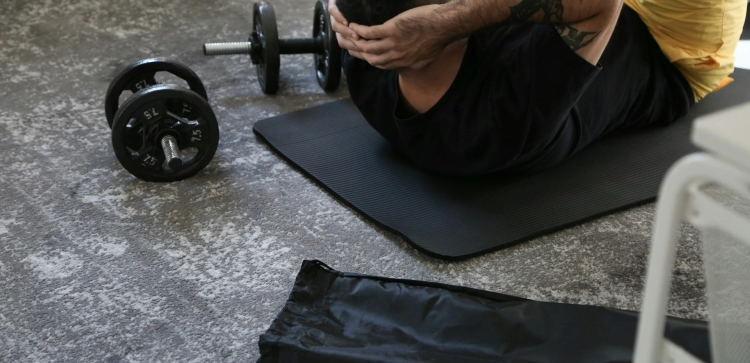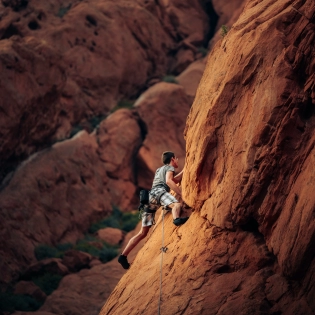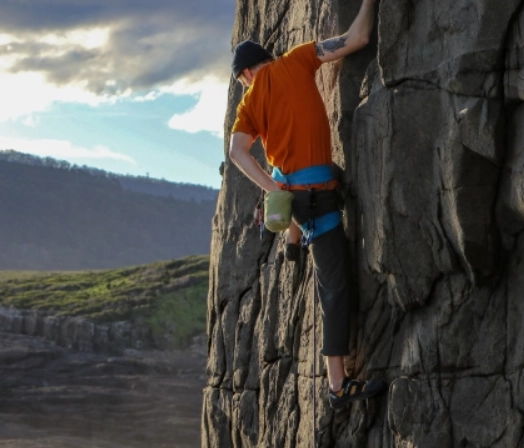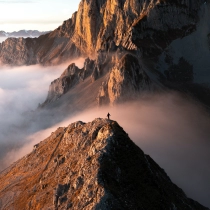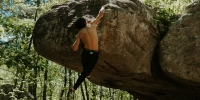

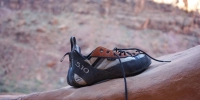




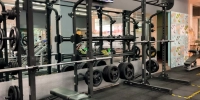
Climbers Point
You should not be able to free wiggle your toes within climbing shoes. Your toes should be slightly bent downwards to give you better accuracy and the ability to apply the required amount of pressure and force from your toes when standing on small foot holds. If your toes wiggle within your shoes, you may not be able to actually apply the amount of force you need.
If your toes freely wiggle within your shoes, they may be slightly too loose, or the shoes may just not fit the shape of your foot.
It is completely normal for your toes to feel sore in climbing shoes, especially if you are a beginner, and you are not used to them, or if you have downsized your shoes a lot. Everyone can have different toes that hurt, the big toe is a quite common one.
Though some amount of pain is considered normal, if you have throbbing pain that lasts even after you take your shoes off, then you may either have shoes that are too small and tight, or the shoes just don't fit the shape of your feet.
Finding the right climbing shoe that actually fits your feet is crucial. Not only to find the right size, but also the right shape, one that will fit your feet. This can really help ease most of the pain and discomfort that comes with climbing shoes.
Climbing shoes are small and much less bulky than everyday shoes to provide better precision, accuracy, sensitivity, and grip on climbing holds. In addition to this, the tightness and minimal material of the shoes, and the minimal dead space within the shoes, allow them to support the climbers and hold their weight when they need to stand on tiny foot holds.
Climbing shoes are created specifically to help maximize how climbers use their feet while climbing. For example, if a climber would need to do a heel hook on a small hold, in larger, everyday shoes, the climbers feet would just slip off the hold rather than actually hold their weight.
This is because normal everyday shoes have a lot more soft rubber on the bottom of the shoes, and a lot of dead space between the shoe and the foot. This soft rubber prevents climbers from being able to actually put their weight on small climbing holds, because the rubber is too soft to actually have any kind of grip on the holds, and it's too soft to hold the climbers weight, so the shoes just slip right off.
The dead space in everyday shoes is also an issue for climbing, it reduces the shoes effectiveness in certain moves such as heel hooking.
This is why climbing shoes are typically very tight and small, it just gives climbers the best support for their footwork.
Before lead climbing, you should at least have some experience in climbing and know the basics. Depending on how and where you want to learn lead climbing, you may be required to have some climbing experience. This experience could be a certain amount of time climbing, climbing to a certain grade, or just being familiar with climbing in general, climbing holds, and how to move on the wall. Some places are stricter than others.
If you really want to start off well, it is recommended that you get used to climbing before. This can either be from top rope, some sort of auto-belay device, or bouldering. The more experience you have with climbing, the better and easier it will be to learn lead climbing.
In terms of what level you should be climbing before you can do lead climbing, there is no rule for this. Even if you are a beginner climber, you can lead climb. Still, it is recommended to have experience in climbing before starting with lead climbing.
Climbing very often puts your body in strange and difficult positions, regardless of the type of climbing. These positions can sometimes be quite scary to be in, especially when including the element of height.
In bouldering, being almost vertical to the ground for certain routes at even a few meters off the ground can be scary, even more so in a sport or lead climbing route, where you may be over 10 meters off the ground.
Many people actually realize that they have a hidden fear of heights that only comes out while they are climbing. The different body positions you put yourself in to climb the different routes adds to the overall fear, and makes the situation that much more scary.
